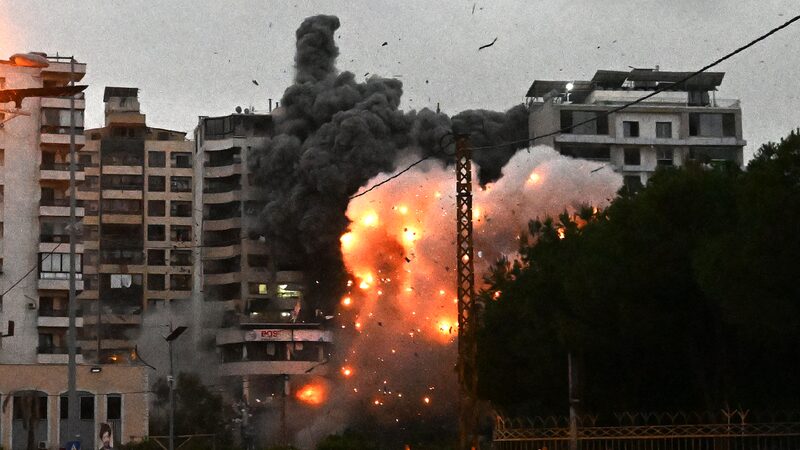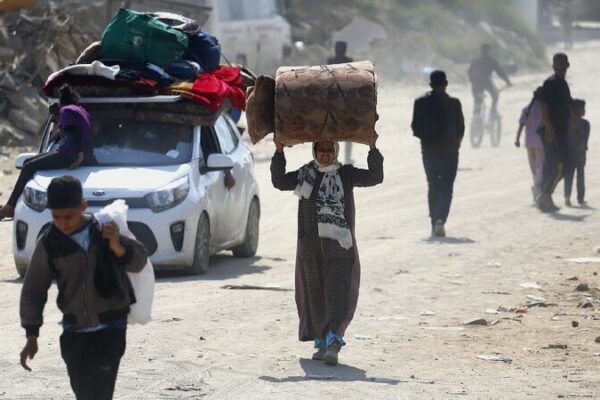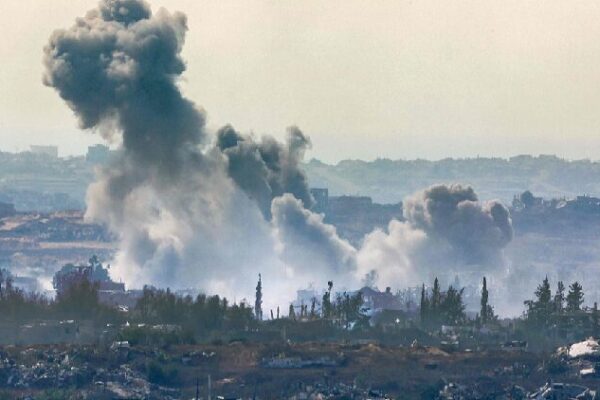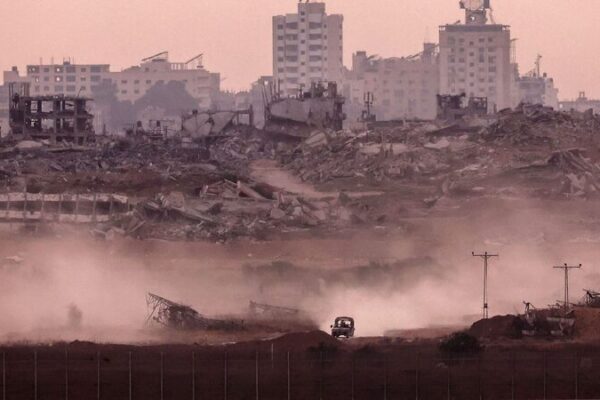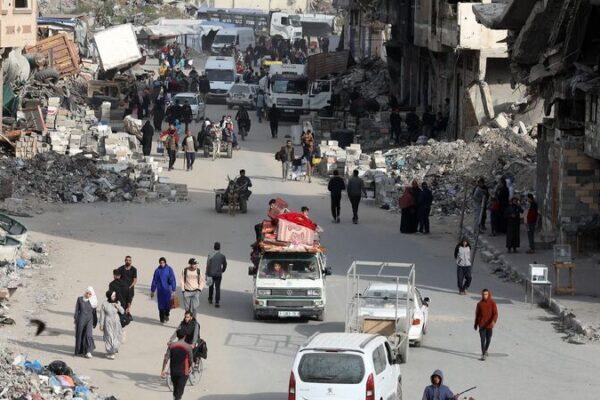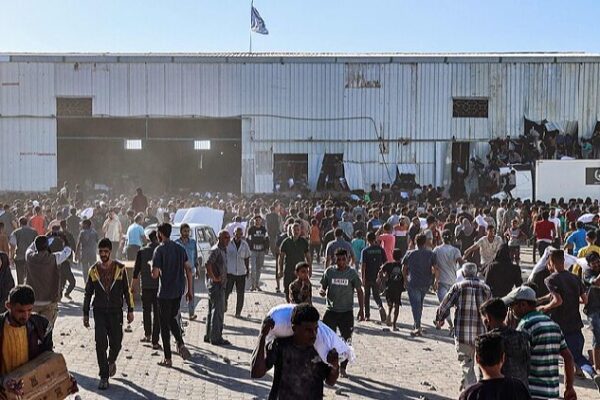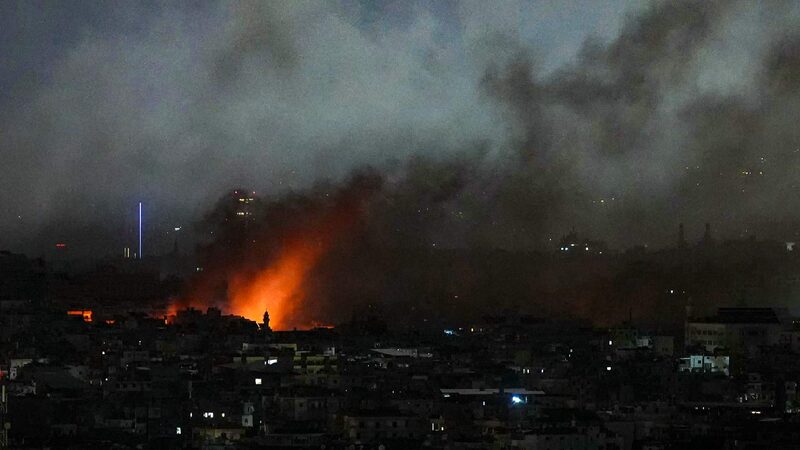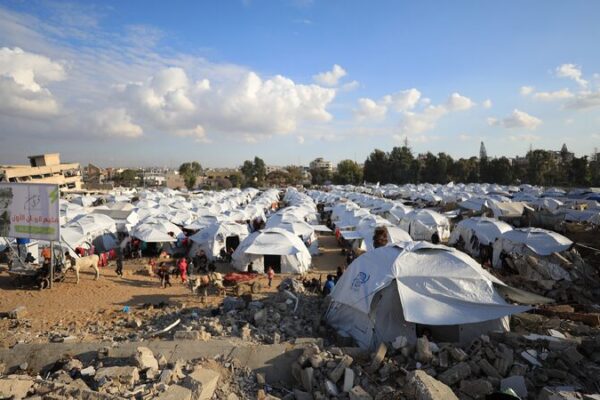Amid ongoing clashes and rising tensions, Israel and Lebanon are edging closer to a ceasefire deal that could bring much-needed relief to the region. Israel’s security cabinet is set to meet on Tuesday night to discuss the proposed agreement, even as military operations continue in both Lebanon and the Gaza Strip.
An Israeli official, speaking anonymously to Agence France-Presse (AFP), confirmed that the cabinet “will decide on Tuesday evening on the ceasefire deal.” International pressure has been mounting, with the United States, European Union, and United Nations urging both sides to accept a truce.
John Kirby, spokesperson for the U.S. National Security Council, expressed optimism on Monday, stating that negotiations are “going in a very positive direction,” though he did not provide specific details. Echoing this sentiment, Lebanon’s Deputy Parliament Speaker Elias Bou Saab told the state-run National News Agency (NNA) that a ceasefire with Israel is imminent. “We are approaching the ceasefire moment. This week or in the next 10 days, there will be a decisive position,” he said.
Continued Clashes Despite Ceasefire TalksDespite these diplomatic efforts, violence has escalated. Israeli airstrikes targeted southern Beirut on Monday, according to Lebanese official media. Health authorities reported at least 36 fatalities across Lebanon, predominantly in the southern regions.
The Israel Defense Forces (IDF) announced that they struck “approximately 25 terror targets” affiliated with Hezbollah across Lebanon, including areas in Nabatiyeh, Baalbek, the Bekaa Valley, and southern Beirut. The NNA reported a fourth wave of Israeli raids in southern Beirut’s Haret Hreik and Shiyah districts on Monday evening.
The United Nations peacekeeping mission in southern Lebanon expressed serious concern over recent deadly strikes on Lebanese soldiers, which Beirut attributes to Israeli actions.
Flooding Adds to Gaza’s WoesIn the Gaza Strip, already grappling with the aftermath of conflict, heavy rainfall over the weekend has led to widespread flooding. The United Nations Office for the Coordination of Humanitarian Affairs (OCHA) reported that approximately 1.6 million displaced people living in makeshift shelters are affected.
“Our humanitarian partners have been carrying out field visits in multiple areas to assess the impact of the latest rains and to mobilize response efforts,” OCHA stated. Preparations for the rainy season were hindered by difficulties in bringing sufficient supplies into Gaza, exacerbated by challenges faced by aid agencies.
Adding to the humanitarian crisis, aid agencies reported that over 100 aid trucks were looted last week, with 97 vehicles still missing. Local groups are attempting to support the estimated 450,000 people in flood-prone areas like Khan Younis, Deir al Balah, and Rafah, but resources are stretched thin. Sandbags have been placed in only 20 of the 100 assessed sites, leaving many vulnerable if flooding continues.
As the region waits for a potential ceasefire, civilians on both sides are bearing the brunt of the ongoing conflict and environmental hardships.
Reference(s):
Israel to decide Tuesday on Lebanon ceasefire amid fierce fighting
cgtn.com
